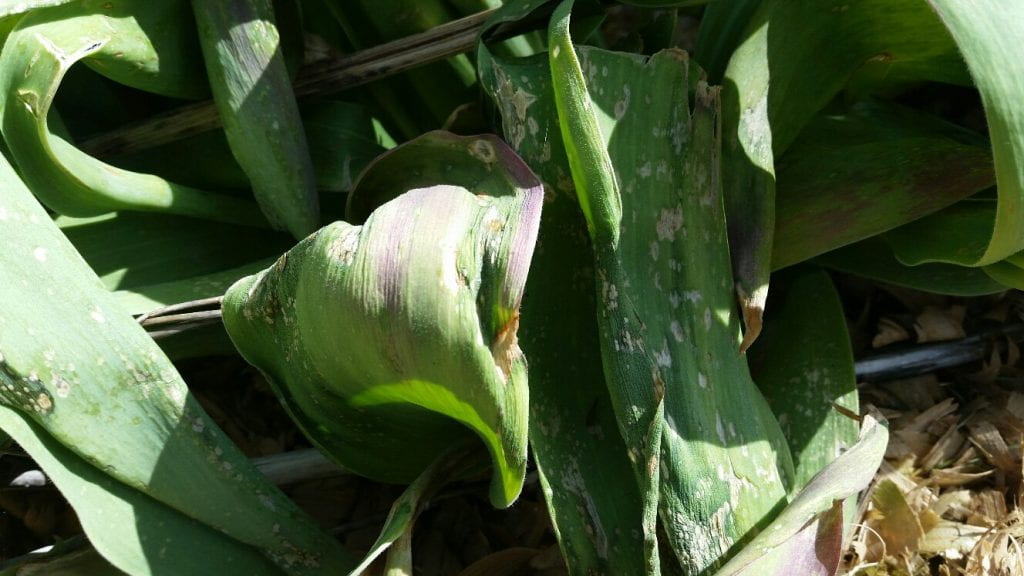A little something for everyone today. Apparently I am too lazy to write separate emails. 😊 (and it didn’t go through!)
The 2020 Tree and Shrub Guidelines (actually the Cornell Pest Management Guide for Commercial Production and Maintenance of Trees and Shrubs) are out! They have LOTS of good IPM information included. Hardcopy and on-line versions available at https://www.cornellstore.com/product/149958
Landscape Turf webinar, Friday, May 8 at 10am, we are happy to have Dr. Matt Elmore of Rutgers back on with to chat broadleaf weeds: https://cornell.zoom.us/j/790738453
Heliospectra webinars
Cultivating local market demand for herbs and potted plants
May 7 – 10:00 EST
https://led.heliospectra.com/webinar-herbs-potted-plants to register
Greenhouse lighting for transplant and finish of herbs and vegetables
May 14 11:00 EST
https://led.heliospectra.com/webinar-greenhouse-lighting-for-transplant-and-finish to register
And recorded – Greenhouse Operations: The new normal after COVID-19
https://led.heliospectra.com/webinar-greenhouse-operations-covid19
Ever heard of Tulip Fire? It’s botrytis and it is doing a number on some tulips this spring. (see attached picture)
Lily Leaf Beetle are out already – so I have heard from Trumansburg. Are they wearing little wooly long underwear?
Lilioceris lilii adults overwinter in sheltered places. As soon as susceptible hosts such as Lilium spp. (Turk’s cap, tiger, Easter, Asiatic, and Oriental lilies) and Fritillaria spp. break through the ground, the adult lily leaf beetles are known to feed on the new foliage. (Note: daylilies are not hosts.) Typically, in May, mating will occur and each female will begin to lay 250-450 eggs in neat rows on the underside of the foliage. If there are only a few plants in the garden, hand picking and destroying overwintering adults can help reduce local garden-level populations at this time. For more information about this insect, visit the newly updated fact sheet: https://ag.umass.edu/landscape/fact-sheets/lily-leaf-beetle .
Want to learn more about lily leaf beetle’s life cycle and learn to recognize adults, larvae, and eggs? Take 3 minutes to watch Episode 2 of InsectXaminer, here: https://ag.umass.edu/landscape/education-events/insectxaminer .
That’s right – handpicking into soapy water works!
Thanks to Jaime Cummings for the photos – we think she is running a pest zoo just for us! Botrytis lesions on tulip leaves, also called tulip fire
Botrytis lesions on tulip leaves, also called tulip fire
